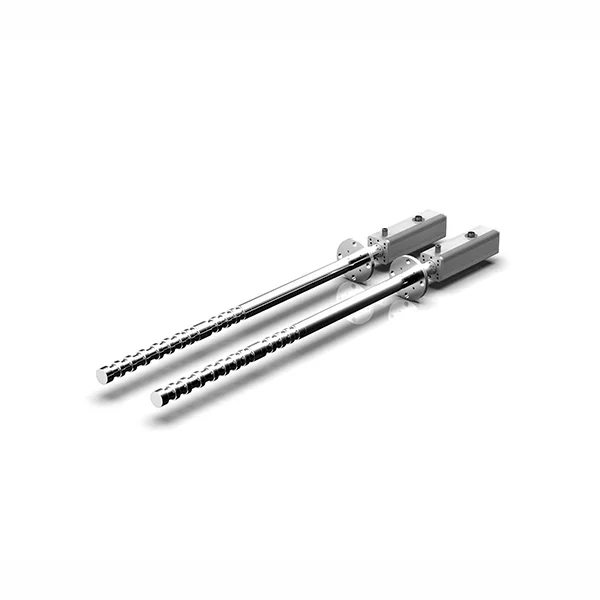In the field of medical imaging, advancements in technology have revolutionized the way we diagnose and treat various conditions. One such technology that has gained significant prominence is ultrasonic resonators. These devices, developed by Success Ultrasound, utilize ultrasonic waves to create detailed images of internal body structures. In this blog, we will delve into the applications of ultrasonic resonators in medical imaging and explore how they have transformed the healthcare industry.
1. Understanding Ultrasonic Resonators
Ultrasonic resonators are devices that generate and detect high-frequency sound waves, typically in the range of 2 to 18 megahertz (MHz). These waves are emitted into the body and then reflected back, creating a detailed image of the internal structures. The resonators consist of a transducer, which converts electrical energy into ultrasonic waves, and a receiver, which captures the reflected waves and converts them back into electrical signals.

2. Diagnostic Imaging
One of the primary applications of ultrasonic resonators is in diagnostic imaging. Ultrasound imaging, also known as sonography, provides real-time images of organs, tissues, and blood flow. It is widely used in obstetrics and gynecology to monitor fetal development and detect abnormalities. Additionally, ultrasonic resonators are used to examine the abdomen, heart, blood vessels, and musculoskeletal system, aiding in the diagnosis of various conditions such as tumors, gallstones, and cardiovascular diseases.
3. Interventional Procedures
Ultrasonic resonators have also found applications in interventional procedures. By providing real-time imaging guidance, these devices assist healthcare professionals in performing minimally invasive procedures with precision and accuracy. For example, ultrasound-guided biopsies enable the targeted sampling of tissues for further analysis, reducing the need for more invasive surgical procedures. Similarly, ultrasound-guided injections allow for precise delivery of medications or anesthetics to specific areas, enhancing patient comfort and safety.
4. Vascular Imaging
Another significant application of ultrasonic resonators is in vascular imaging. Doppler ultrasound, a specialized technique, enables the visualization and assessment of blood flow within the arteries and veins. This non-invasive procedure helps diagnose conditions such as deep vein thrombosis, arterial stenosis, and aneurysms. By providing real-time information about blood flow velocity and direction, ultrasonic resonators aid in the early detection and management of vascular diseases.

5. Point-of-Care Imaging
Ultrasonic resonators have also made a significant impact on point-of-care imaging. Portable and handheld ultrasound devices equipped with these resonators have become increasingly popular in emergency departments, ambulances, and remote healthcare settings. These devices allow for rapid assessment and triage of patients, aiding in the timely diagnosis of critical conditions such as trauma, cardiac emergencies, and abdominal emergencies. The portability and ease of use of these devices have revolutionized patient care, particularly in resource-limited settings.
6. Therapeutic Applications
Beyond imaging, ultrasonic resonators have therapeutic applications as well. High-intensity focused ultrasound (HIFU) is a non-invasive technique that uses ultrasonic waves to generate heat and destroy targeted tissues, such as tumors. This approach offers a precise and localized treatment option, minimizing damage to surrounding healthy tissues. HIFU has shown promising results in the treatment of prostate cancer, uterine fibroids, and certain neurological disorders.

Conclusion
Ultrasonic resonators developed by Success Ultrasound have revolutionized medical imaging, enabling accurate diagnosis, precise interventions, and improved patient care. From diagnostic imaging to interventional procedures, vascular imaging to point-of-care applications, and even therapeutic treatments, these devices have transformed the healthcare industry. As technology continues to advance, we can expect further innovations in ultrasonic resonators, leading to enhanced imaging capabilities and improved patient outcomes.

